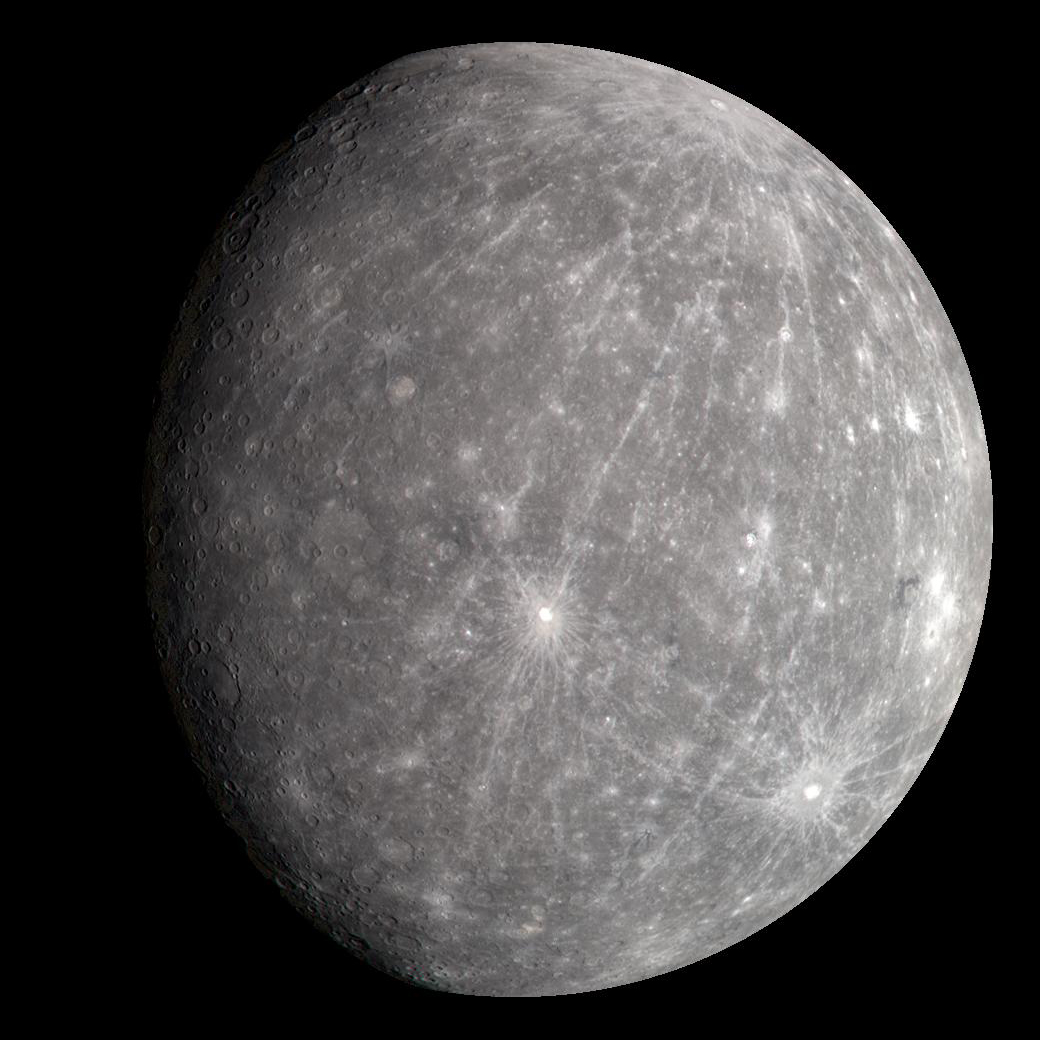Fossil remains indicate that Earth's surface gravity was about one third of what it is today back in the days of the dinosaurs, and geological analysis of our planet indicate that Earth' diameter has doubled in size since these same dinosaurs were alive.
It appears then that surface gravity on rocky planets like Earth triple in strength when their diameters double due to expansion.
Any rocky planet, half the diameter of Earth, that has undergone little to no expansion, should therefore have a surface gravity roughly one third of what we have here on our planet.
As it turns out, we have a nearby planet that shows few signs of expansion, with half the diameter of Earth, and a geological makeup also similar to our planet, and its surface gravity is in fact roughly one third of what we have here on Earth.
That planet is Mars.
The numbers are as follows.
Relative diameter:
6,779km / 12,742km = 53%
Relative surface gravity:
3.7 / 9.8 = 38%
So far, so good. However, when we do the same calculations for Mercury, we get the following.
Relative diameter:
4,880km / 12,742km = 38%
Relative surface gravity:
3.7 / 9.8 = 38%
In this case, the difference in surface gravity is what we'd expect from Newtonian theory, namely a linear increase with diameter.
Seen from a Newtonian perspective, Mars is the odd one out. It has for some reason a less dense interior than Mercury and Earth. But mainstream science also holds that Earth's core has "puzzling structural complexities". Earth's interior is becoming incredibly complex, especially compared to Jan Lamprecht's model which he developed from the same seismic data.
It may therefore be that it is Mercury that is the odd one out, and not Mars. Mercury may have a smaller hollow at its center than is the case for Mars, and Earth back in the days of the dinosaurs. It may also be that Mercury's proximity to the Sun is making it supercharged due to the photoelectric effect, with this in turn affecting its gravity.
We can only speculate at this point. But there's no need to blindly accept that Earth's interior is mindbogglingly complex, and not relatively uniform throughout, with diminishing density as we get closer to the center, as suggested by Mr. Lamprecht.
 |
| Mercury |
By NASA/Johns Hopkins University Applied Physics Laboratory/Arizona State University/Carnegie Institution of Washington - https://photojournal.jpl.nasa.gov/catalog/PIA11364, Public Domain, Link
No comments:
Post a Comment